Urethral Strictures
Home » Urology » Ureter & Urethra » Urethral Strictures

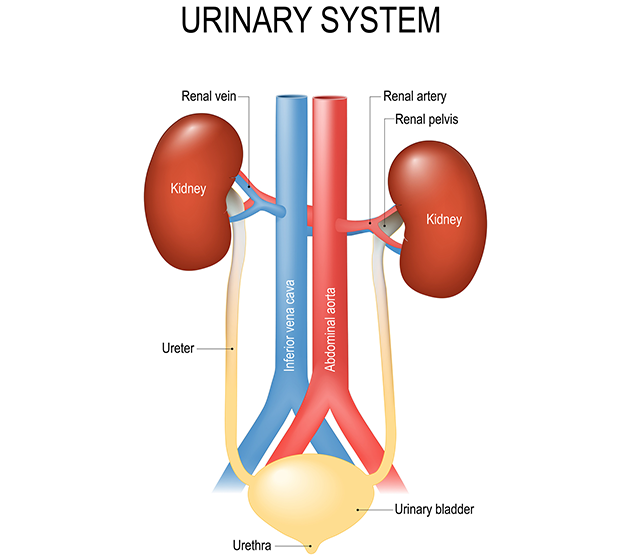
Symptoms of Urethral Strictures
Patients with urethral strictures may experience the following symptoms:
- Incomplete bladder emptying
- Urinary tract infection
- Increased urge to urinate or more-frequent urination
- Spraying of the urine stream
- Decreased urine stream
- Straining, difficulty, or pain when urinating
Causes of Urethral Strictures
Scar tissue can form due to:
- Radiation therapy
- Cancer of the urethra or prostate
- An enlarged prostate or previous surgery to remove or reduce an enlarged prostate gland
- A medical procedure that involves inserting an instrument, such as an endoscope, into the urethra
- Intermittent or long-term use of a catheter to drain the bladder
- Trauma or injury to the urethra or pelvis
- Sexually transmitted infections
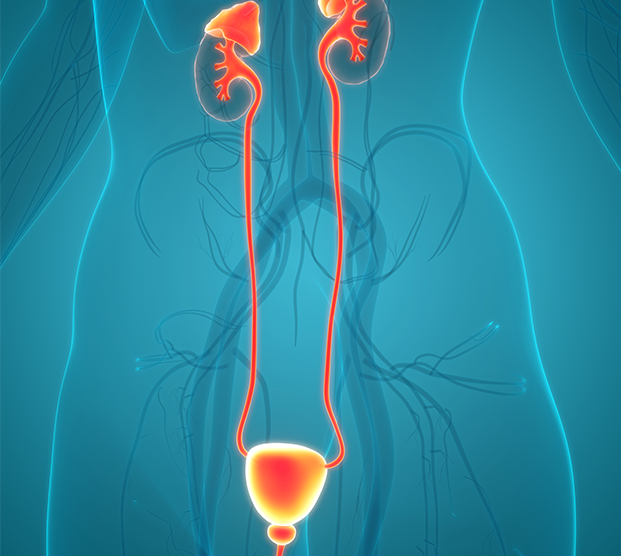
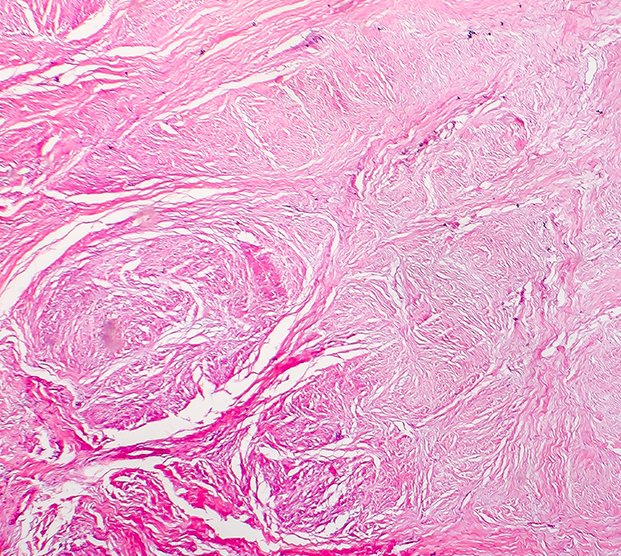

The condition is more common in males than in females.
Diagnosing Urethral Stricture
If the physician suspects a urethral stricture, an imaging procedure may be done to identify and measure it. A retrograde urethrogram is an X-ray procedure that uses a contrast agent squirted into the opening of the penis to locate the stricture and its length on an X-ray film. In some cases, the patient will be asked to urinate when their bladder is full to identify the stricture during urination.
A cystoscopy may also be done. This is a procedure involving a
small, flexible, camera called a cystoscope inserted into the penis. A cystoscopy allows the physician to see inside the urethra. Before the procedure, a nurse will insert lidocaine jelly (a numbing medication) into the urethra to allow easy passage of the cystoscope into the bladder with minimal discomfort. The cystoscopy is done in the doctor’s office and typically takes five to 10 minutes.
Treatment Options for Urethral Stricture
Patients diagnosed with a urethral stricture may be treated with urethral dilation, internal urethrotomy, urethral reconstruction, or urethroplasty.
Urethral dilation or internal urethrotomy is the first option for patients with a short stricture. The patient will be placed under general anesthesia and the surgeon will use a cystoscope and dilating instruments to widen the urethra. During a urethrotomy, the cystostope and a special tool is used to cut the ring of scar tissue and remove the blockage.
During urethroplasty, the surgeon will make an incision either on the underside of the penis, in the scrotum, or in the perineum (area between the scrotum and anus) to reach the urethra. The location of the stricture will be identified and removed. Or, the problem area will be rebuilt, depending on its length and location.
For patients with a longer blockage or one that is located in the penile urethra, the surgeon will harvest tissue from the mouth, genitals, or rectum to supplement the incised (cut away) tissue from the urethra. The incision will be closed and a small drain will be placed for a day or so. Patients will have a catheter inserted to allow the urethra to heal and to support urination.
